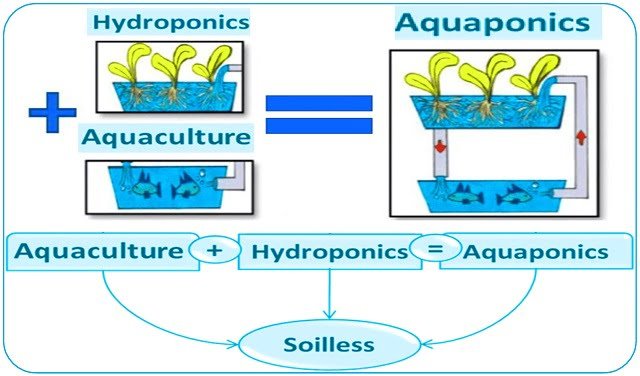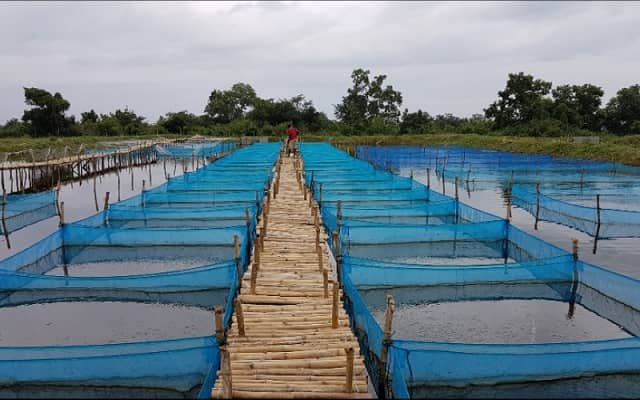New measures to boost Scotland’s £1 billion seafood sector, as well as the wider supply chain, have been set out by Rural Affairs Secretary Mairi Gougeon.
The Scottish Government has today published its first strategy for the seafood sector, detailing how the fishing and aquaculture sectors are being supported to remain internationally competitive and attract skills and talent to some of Scotland’s most rural and coastal areas – despite the challenges of the post-Brexit trading environment.
The strategy also highlights ongoing work to monitor and manage the marine space, so that consumers can have confidence in the sustainability of Scottish seafood.
In addition, as a key part of its Fisheries Management Strategy, changes are being introduced to licence conditions for Scottish fishing vessels – to require greater landings of highly valuable fish species into Scotland, benefitting onshore industries like processors and hauliers.
It comes as the latest fisheries statistics, published last week, show Scotland’s sea fish and shellfish industry recovered in 2021 from the COVID-19 pandemic, but had not yet returned to pre-Brexit levels.
Speaking to the shellfish industry at their annual conference today, Rural Affairs Secretary Mairi Gougeon, said:
“With increasing competition and pressure on our seas and coasts, it is important to recognise the value that our world-renowned seafood sector brings to the Scottish economy. In 2021, fish and seafood exports were valued at £1 billion, which is 60% of total Scottish food exports.
“Today’s publication of the Strategy for Seafood marks our commitment to the sector, which employs almost 15,000 people across the country – primarily in our coastal and island communities.
Stay Always Informed
Join our communities to instantly receive the most important news, reports, and analysis from the aquaculture industry.
“In addition, changes we are taking forward will require Scottish fishing vessels to land more of their catch in Scotland, supporting the wider supply chain and, in particular, our domestic fish processing sector.
“Each year Scottish vessels land around £100 million worth of fish outside of Scotland, often for species for which we have ready processing capacity. These changes are an important step in ensuring the people of Scotland benefit first and foremost from our fantastic natural assets and resources.”
Donna Fordyce, CEO Seafood Scotland, said:
“Seafood Scotland supports the publication of this strategy which brings together a number of programmes and activities and sets out clear action areas in terms of innovative and sustainable practices that will enable our seafood industry to compete globally and contribute towards the circular economy.
“There are of course obstacles to overcome, but we now have a deeper appreciation of the priorities for our industry and Seafood Scotland’s contribution to Scotland’s future prosperity, particularly our coastal communities.
“We particularly welcome the focus on the importance of sourcing Scottish data from UK wide figures as it will help us better understand trade flows – and barriers – across the UK and overseas, and ensure we are better placed to target our efforts where they are most effective.”
Jimmy Buchan, Chief Executive of the Scottish Seafood Association, said:
“The Strategy for Seafood is a cohesive document which reflects the key concerns and priorities of the industry. The Scottish Government has clearly listened carefully to the Scottish seafood industry in developing its strategy.
“The economic link changes are a good way to protect businesses and jobs in Scotland and we look forward to working with the Scottish Government to achieve long-term growth for the seafood sector.”
Background
Editor at the digital magazine AquaHoy. He holds a degree in Aquaculture Biology from the National University of Santa (UNS) and a Master’s degree in Science and Innovation Management from the Polytechnic University of Valencia, with postgraduate diplomas in Business Innovation and Innovation Management. He possesses extensive experience in the aquaculture and fisheries sector, having led the Fisheries Innovation Unit of the National Program for Innovation in Fisheries and Aquaculture (PNIPA). He has served as a senior consultant in technology watch, an innovation project formulator and advisor, and a lecturer at UNS. He is a member of the Peruvian College of Biologists and was recognized by the World Aquaculture Society (WAS) in 2016 for his contribution to aquaculture.




